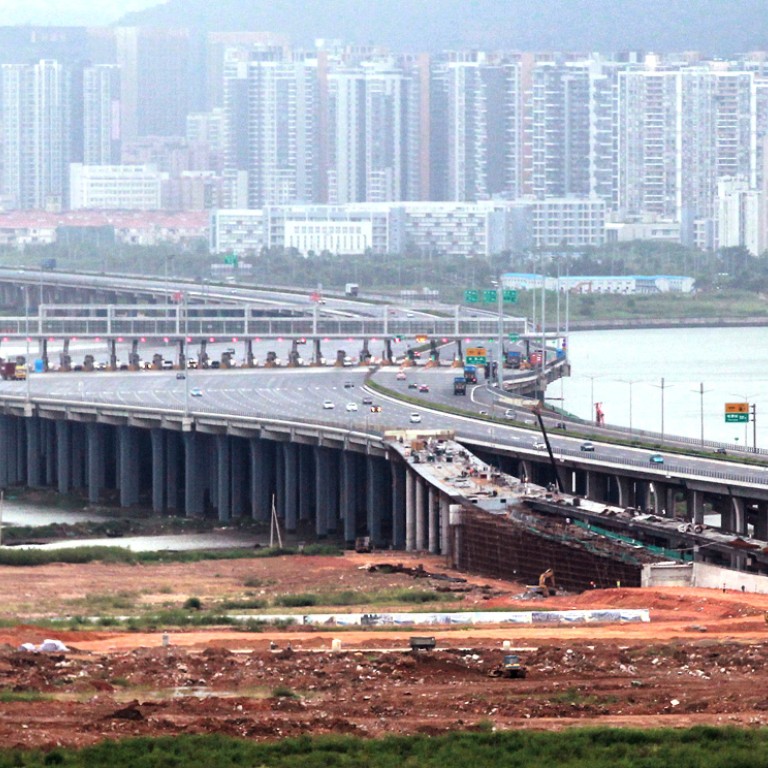
Qianhai seeks policy aid in wooing investors
Special economic zone marks fourth year as test bed for financial reform
Qianhai is lobbying Beijing for new measures that will help it woo investors from abroad.

There is still not much to see in Qianhai, an area on the western edge of Shenzhen consisting mostly of undeveloped land reclaimed from the sea.
But Wang Jinxia, an official at the Qianhai authority who is in charge of policy lobbying, said a tipping point had arrived.
Three key targets were at the top of his lobbying list, Wang said, describing this year as a "breakthrough year".
"Qianhai will be a stop on the upcoming Shenzhen-Hong Kong Stock Connect through train," he told the in an exclusive interview.
"It should be China's first place to conduct full yuan convertibility.
"It is also on the way to become the world's third-largest private equity hub, after London and New York.
"The stock connect scheme between the Shenzhen Stock Exchange and the Hong Kong stock exchange is very likely to be launched next year, and all the trades will have to go through Qianhai."
He did not give further details.
The People's Bank of China and the national banking and insurance regulators were planning to set up offices in Qianhai, in an effort to establish a joint risk-monitoring system, Wang said.
The securities regulator already set up an office in the zone earlier this year.
As regards Qianhai's role as a testing ground for yuan convertibility, more than 10 billion yuan (HK$12.6 billion) was expected to flow out of the mainland through Qianhai under various new schemes next year, Wang said.
Offshore capital would also keep flowing in, and Qianhai's new cross-border loans were expected to reach 50 billion yuan by the end of this year, compared with 13 billion yuan last year, he said.
Qianhai aims to become the world's third-largest private equity hub, with total fund size of US$200 billion, with the help of various incentives.
The zone has obtained a US$1 billion quota to parcel out to eligible fund houses under the qualified domestic limited partnership scheme, which allows foreign private equity funds to raise capital in yuan onshore to invest in overseas assets.
Wang said the next step was to allow foreign private equity firms to be treated as domestic firms when they made investments on the mainland.
It has been four years since Qianhai announced an astonishing ambition - to turn a piece of barren land into a zone generating annual gross domestic product of US$25 billion by 2020.
Yet the zone has precious little to show so far. The first batch of real estate projects - 40 low-rise commercial buildings developed by China Vanke- will be completed by December.
By last week, 12,000 companies had registered in Qianhai, fewer than 500 of which are from Hong Kong. The Shanghai free-trade zone took only a year to register a similar number firms.

